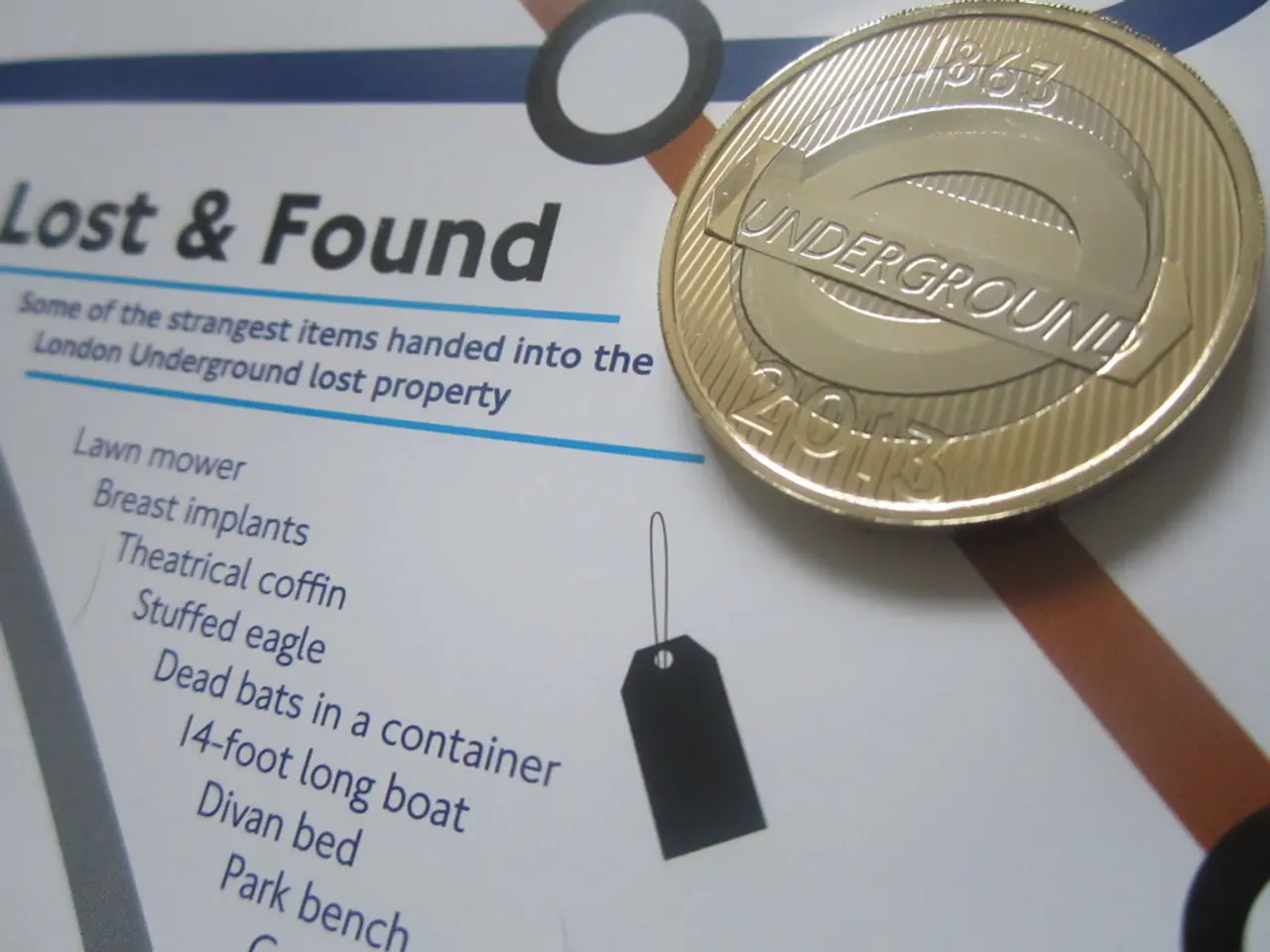Russia has abolished the compulsory exchange of currency.
In a significant shift, both Russia and Belarus are moving towards more market-driven exchange rates, with the abolition of foreign exchange norms in Russia and a cautious approach in Belarus. This transition is expected to have a profound impact on the stability and volatility of the two currencies.
For the Russian ruble, the gradual easing of monetary policy, following a period of high interest rates, is leading to a decrease in inflation. Inflation, which peaked at over 10% at the end of 2024, has already fallen to 8.8% in July 2025 and is projected to decline further to around 5.7% in 2026 and 4.0% in 2027. However, fiscal pressures persist, with a growing federal budget deficit and the ruble’s strength complicating export competitiveness. The abolition of foreign exchange norms may increase ruble liquidity and promote market flexibility but could also expose the ruble to greater exchange rate fluctuations.
The Belarusian ruble, on the other hand, is expected to gradually return to moderate inflation, with a decrease from the current 7.4% in July 2025 to around 3.7% in 2026 and 3.5% in 2027. However, the Belarusian ruble remains exposed to indirect impacts from Russian policy shifts, potentially prompting Belarusian authorities to tighten or adjust their own currency controls to manage volatility. Belarus typically maintains more rigid controls over its currency compared to Russia, so the abolition of exchange norms in Russia may expose Belarus to increased exchange rate volatility via cross-border capital flows.
The dynamics of these changes reflect a shift from rigid currency controls to more market-driven exchange rates in Russia, while Belarus may adopt a cautious approach to preserve ruble stability. The abolition of foreign exchange norms in Russia does not currently affect the course of either the Russian or Belarusian ruble. However, a potential weakening of the Belarusian ruble could benefit exporters and support the economy.
In recent years, monetary policy in Russia has been very tight, which has significantly reduced aggregate demand and, consequently, imports, leading to a significant strengthening of the Russian ruble. Seasonal prices are still rising, indicating an abundance of money in the Belarusian economy. The transmission mechanism of the monetary policy change may take 6-9 months to show its influence. In recent months, Belarusian businesses have been buying more currency, and a potential depreciation of the Belarusian ruble could create inflationary expectations.
The situation on the Russian currency market does not significantly impact the Belarusian currency market. High interest rates in Russia have made the national investment attractiveness of the Russian ruble quite high, which also affected the payment balance and supported the course. The Belarusian economy appears more accommodative compared to Russian monetary policy.
Oksana Kuznetsova, a journalist reporting on the Belarusian currency market, notes that the population continues to sell a significant amount of currency. According to Alexander Shkut, the dynamics of the payment balance and the credit and monetary policy significantly affect the course of the Russian ruble. Mikhail Chepikov, on the other hand, states that the abolition of mandatory sale of foreign exchange earnings in Russia will not change the situation on the currency market in Belarus.
In conclusion, while the Russian ruble is expected to gradually stabilize due to easing monetary policy and falling inflation, it will remain vulnerable to budget deficits and external shocks, with exchange rate fluctuations likely post-abolition of foreign exchange norms. The Belarusian ruble will probably see a gradual return to moderate inflation but remains exposed to indirect impacts from Russian policy shifts, potentially prompting Belarusian authorities to tighten or adjust their own currency controls to manage volatility.
Businesses in Russia may find investing in finance more lucrative due to the high national investment attractiveness of the Russian ruble, resulting from high interest rates. Conversely, the Belarusian ruble's stability could be affected if Belarusian authorities tighten or adjust currency controls to manage volatility in response to indirect impacts from Russian policy shifts.




